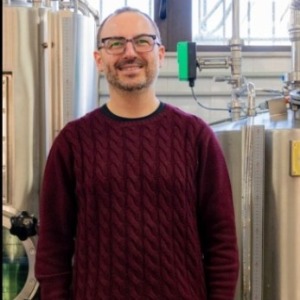8th Edition of Euro Global Conference on
Food Infrared Drying
Food infrared drying is a dehydration technique utilized in the food industry to remove moisture from food products using infrared radiation. This method employs infrared radiation, which is part of the electromagnetic spectrum, to transfer heat directly to the surface of the food, causing water molecules to evaporate and escape, resulting in moisture removal. Unlike conventional drying methods such as hot air drying, which heat the entire food product, infrared drying targets the surface layers, allowing for faster drying rates and reduced processing times. Food infrared drying is particularly suitable for heat-sensitive foods or products with delicate textures and flavors, as it operates at lower temperatures and minimizes thermal degradation. The process begins with the preparation of food samples, which may involve slicing, blanching, or pretreatment to facilitate moisture removal and preserve product quality. The food is then exposed to infrared radiation emitted by specially designed heaters or lamps, which generate wavelengths that are absorbed by water molecules on the food surface, causing them to vibrate and release moisture. The emitted infrared radiation can be adjusted to match the absorption characteristics of the food product, optimizing drying efficiency and uniformity. Food infrared drying offers several advantages over traditional drying methods, including faster drying rates, reduced energy consumption, and improved product quality. By targeting the surface layers of the food product, infrared drying can achieve rapid moisture removal while preserving the sensory attributes, nutritional content, and color of the final product. Additionally, the gentle heating process minimizes the risk of thermal damage or over-drying, resulting in a product with superior texture and flavor. Food infrared drying is widely used in the food industry for drying fruits, vegetables, herbs, spices, grains, nuts, and meat products, among others. It is particularly well-suited for applications where rapid drying, high-quality preservation, and energy efficiency are paramount, such as in the production of dried fruits and vegetables, instant coffee, tea, and herbs.

Said Bouhallab
INRAE, France
Giovanni De Francesco
University of Perugia, Italy
Ombretta Marconi
University of Perugia, Italy
Alex Martynenko
Dalhousie University, Canada
Ana Isabel Najera
University of the Basque Country EHU, Spain
Marcin A Kurek
Warsaw University of Life Sciences, Poland


